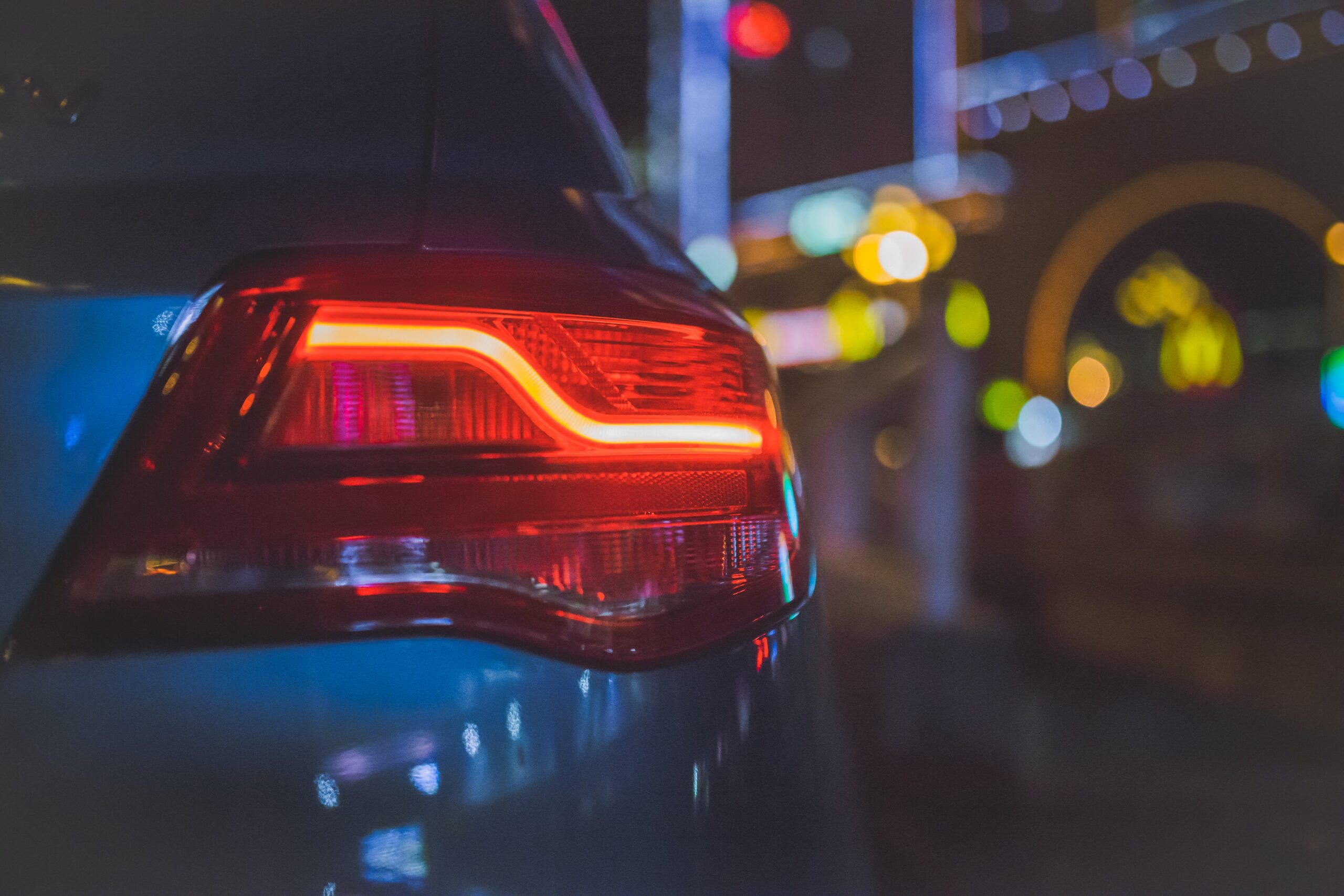Having a reliable lighting system in a vehicle is essential as it ensures proper visibility at night and enhances the visibility of the vehicle to other drivers. While we may not always think of lighting systems as safety mechanisms, they play a crucial role in vehicle safety.
This is precisely why, over the years, and thanks to technological advancements, automotive lighting technology has been evolving. For instance, one of the recent additions is daytime running lights, which are mandatory in cars manufactured in Europe. Furthermore, LED lamps are becoming increasingly popular due to their low energy consumption and efficiency.
At Walter Pack, as a company specializing in the design and manufacturing of functional automotive components, we engage in discussions about various types of automotive lighting and stay updated on the latest trends in the automotive sector.
Types of lamps or light-emitting devices
Currently,
there are four types of lighting options available for vehicles. These include
incandescent or incandescence lamps, which were invented over 130 years ago.
Additionally, there are LED lamps, which are among the most popular options
today and have a history spanning over 80 years. Furthermore, halogen lamps and
xenon lamps are also prevalent, offering specific advantages that we’ll delve
into below:
Incandescent lamps
This type of lamps for automobiles utilize a metallic filament made of tungsten. When an electric current passes through it, the filament behaves like a resistor. This filament heats up and becomes red-hot, emitting both heat and light.
The filament is enclosed within a glass bulb filled with a noble gas like krypton or in a vacuum. While these lamps produce significant illumination, they consume more energy, resulting in a shorter lifespan.
Halogen lamps
They operate on the same principle as incandescent lamps, but the key difference is that they are filled with a halogen gas. This gas enables the filament to last longer and emit a greater amount of whiter light compared to incandescent bulbs. Despite this increased output, the energy consumption remains similar, making them highly efficient.
Due to the higher temperatures they can reach, these lamps no longer use glass bulbs made from silicon dioxide (traditional glass); instead, they use quartz glass, which is more heat-resistant.
However, it’s important to avoid touching the bulb with bare hands. The slightly acidic pH of the skin, combined with the grease and sweat on the hands, can damage the quartz glass. The introduction of halogen lamps marked a significant shift in automotive lighting systems, as they provided a substantial increase in light output.
Xenon lamps
Also known as High Intensity Discharge (HID) lamps, these are made from quartz glass with tungsten electrodes positioned very close to each other but without physical contact. They are filled with mercury vapor, metal salts, and xenon gas.
When the current flows to the electrodes, it creates an electric arc that emits high-intensity, slightly bluish-white light. Despite requiring a high voltage to ignite, HID bulbs have lower energy consumption compared to halogen lamps (for instance, low beam HID bulbs consume around 35 W, compared to the 75 W consumed by halogen bulbs)
Xenon lamps represent a significant advancement in automotive lighting, offering brighter and whiter illumination than halogen lamps. This helps reduce visual fatigue. However, they come at a higher cost, ranging from around 150 to 200 euros per unit, as opposed to halogen bulbs priced at 12 to 18 euros each.
Xenon lamps also provide a longer lifespan. While typically used for low beam (dipped) lights, they can also be found in high beam (main) lights, enhancing overall visibility on the road.
LED lights
LED lamps are constructed using a semiconductor material encapsulated within a small plastic lens. When subjected to a low voltage, they emit light. This phenomenon occurs when electrons flow across a potential barrier to combine with a hole, producing a photon in the process.
Due to their aesthetic appeal and lower energy consumption, LED lamps are increasingly being used in automotive lighting. They find applications in daytime running lights, rear position lights, brake lights, and turn indicators, as their brightness level is notably high.
LED lights are commonly found in high-performance headlamps due to their superior brightness and efficiency. They offer greater durability compared to other types of lamps, although they do come with a higher cost.
At Walter Pack, we are dedicated to our customers, and we incorporate cutting-edge technology, especially in the automotive sector, to create unique decorative pieces and enhance your projects with top-notch performance.
If you’re interested in lighting, don’t miss our other article on dynamic lighting.




